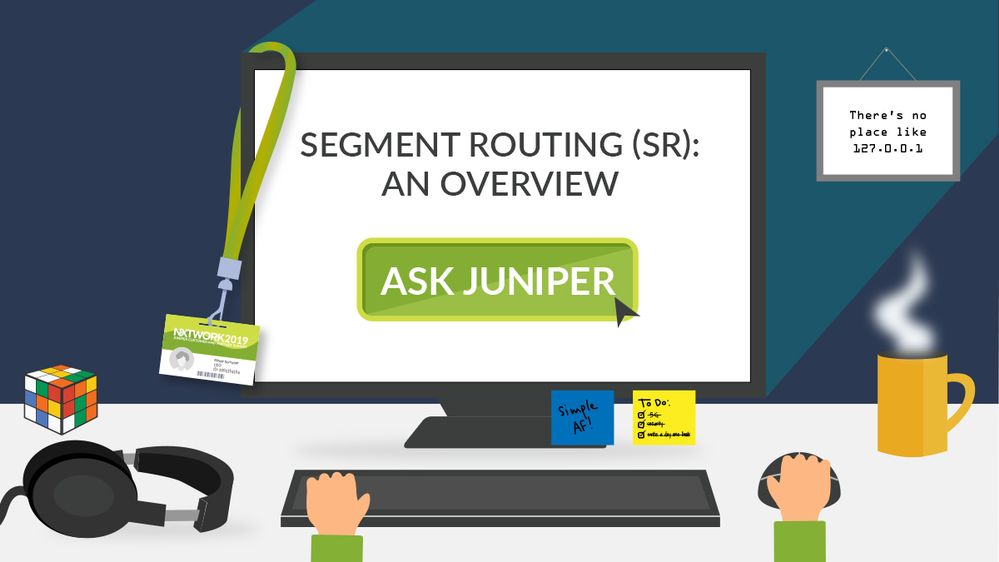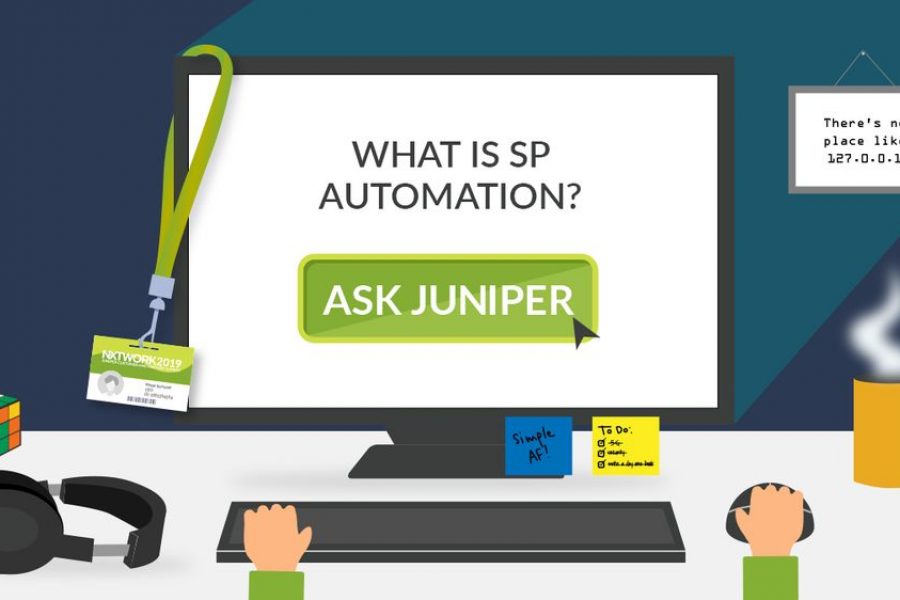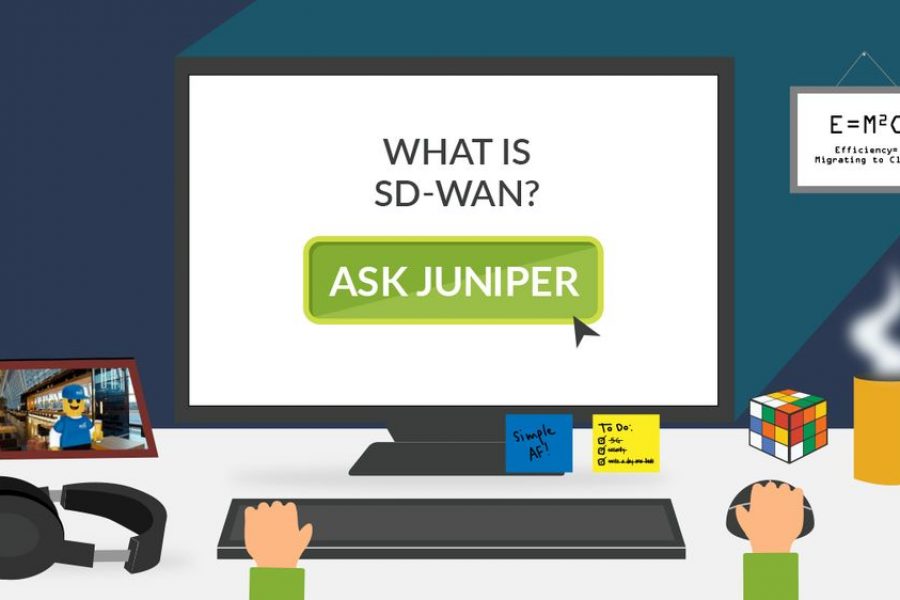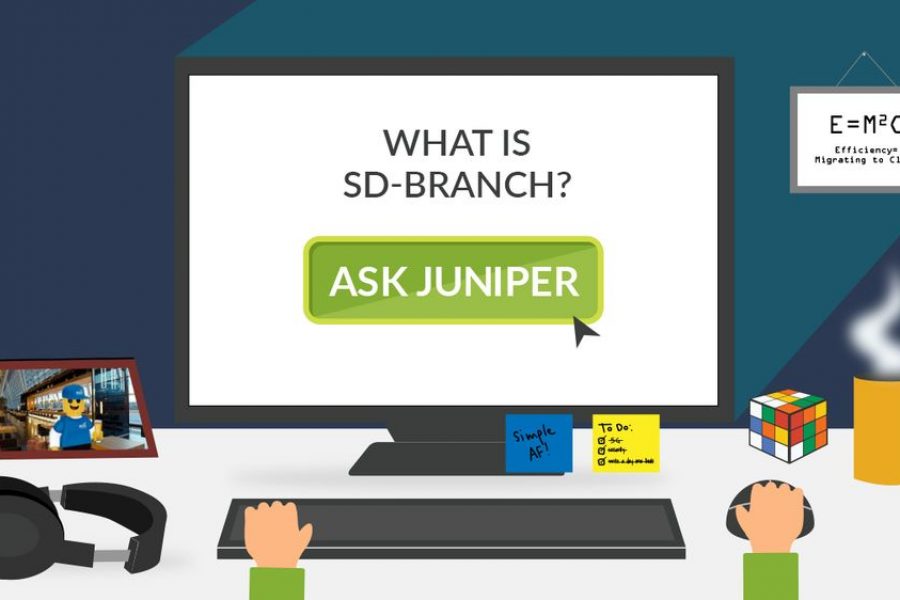Network operators are facing some fierce new challenges with the emergence of IoT and 5G, along with the migration of data, applications and other business elements to the cloud. While these trends are vital to push the envelope in their respective fields, they are challenging service providers to deliver increased bandwidth and application quality of service. Serving increasingly stringent requirements along with mounting scale increases the complexity of networks. Organizations everywhere are looking for solutions to simplify such complexity within their networks — which is where Segment Routing (SR) comes to the rescue.
Defined as a modern variant of source routing, segment routing simplifies the network by removing network state information from intermediate routers and placing path state information into packet headers. When a packet arrives at an SR ingress node, the ingress node subjects the packet to policy. The policy associates the packet with an SR path to its destination. The SR path is an ordered list of segments that connects an SR ingress node to an SR egress node. This SR path can be engineered to satisfy any number of constraints (e.g., link bandwidth, minimum path latency).
 Segment Routing can leverage either MPLS or IPv6 on the forwarding plane. When Segment Routing uses the MPLS forwarding plane, it is referred to as SR-MPLS. SR-MPLS supports both an IPv4 and IPv6 underlay. When it is used with IPv4 only, it’s called SR-MPLS IPv4 and if SR-MPLS is signaled over an IPv6-only underlay, we call it SR-MPLS over IPv6 or SRo6 for short. When Segment Routing leverages an IPv6 forwarding plane, it is called SRv6
Segment Routing can leverage either MPLS or IPv6 on the forwarding plane. When Segment Routing uses the MPLS forwarding plane, it is referred to as SR-MPLS. SR-MPLS supports both an IPv4 and IPv6 underlay. When it is used with IPv4 only, it’s called SR-MPLS IPv4 and if SR-MPLS is signaled over an IPv6-only underlay, we call it SR-MPLS over IPv6 or SRo6 for short. When Segment Routing leverages an IPv6 forwarding plane, it is called SRv6
Juniper has improved SRv6 by reducing the size of the segment identifiers in the SR header. These shorter segment identifiers encode path information in Compressed Routing Header, which is a different type of IPv6 routing header from the segment routing header. These shorter segment identifiers are typically 2 or 4 bytes (each SID) long as compared to 16 bytes in SRv6, thus significantly reducing the load on the network. We refer to this new implementation of SRv6 and SRv6+.
SR is a Traffic Engineering mechanism that utilizes Constraint-base Shortest Path First or CSPF calculations. CSPF calculations can be centralized in a controller or distributed throughout the network, at the ingress nodes. If the calculations are done in a distributed approach, each ingress node executes CSPF calculations for the paths that it originates. But, when the constraints require bandwidth reservations, CSPF calculation must be centralized and performed by a centralized controller since SR removes per path information from transit routers. A transit router does not maintain any information regarding paths that a certain packet traverses, and therefore, cannot maintain bandwidth-related information of the reserved path. This is where our controller – NorthStar plays a significant role.
NorthStar is the industry’s most robust and fully featured true SR controller. It not only provides path computation with Bandwidth reservation but also provides active network surveillance by receiving constant telemetry data from different network elements. It can do path computations at strategic times to get around either current network events (i.e. congestion, fiber cuts) or even projected network events based on received telemetry data.
Collectively, Segment Routing and NorthStar offer an innovative approach to traffic steering, which can be used to address priority activities such as traffic engineering and fast reroute. If used to address these issues, SR can simplify routing protocols, network design and network operations. Moreover, SR also eliminates the need for LSP management and as networks become more complex, this helps to simplifies network management as well.
With these innate benefits, segment routing is going to play a crucial role both now and in the future of the networking industry. As we progress further in the era of application-driven networking, the impact of this solution cannot be understated, as it enables service richness, agility and efficiency. If complemented by an SR controller, as well as solutions designed to improve efficiency such as Juniper’s SRv6 and SRv6+, segment routing will enable easy migration from today’s deployments to modern traffic-engineered SR architectures, giving a service provider the ability to adapt quickly for whatever changes are ahead.
Resources:
Juniper Segment Routing Overview
Traffic Engineering Segment Routed Networks with NorthStar Controller
SR Policies, Paths and Segments
Routing Innovations for the Cloud Era
Enterprise WAN for the Cloud Era

























